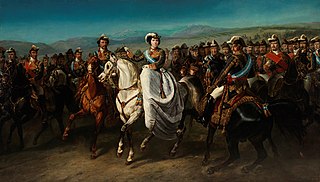
Grandee is an official aristocratic title conferred on some Spanish nobility. Holders of this dignity enjoyed similar privileges to those of the peerage of France during the Ancien Régime, though in neither country did they have the significant constitutional political role the House of Lords gave to the Peerage of England and later Peerage of the United Kingdom. A "Grandee of Spain" would have nonetheless enjoyed greater "social" privileges than those of other similar European dignities.

Duke of Ciudad Rodrigo is a hereditary title in the Peerage of Spain, accompanied by the dignity of Grandee. It was conferred by Ferdinand VII on the British General Arthur Wellesley, then 1st Viscount Wellington, later 1st Duke of Wellington in 1812, after his important victory at the Siege of Ciudad Rodrigo that same year, as a victory title. As all dukedoms in the peerage of Spain, it has Grandeeship attached.
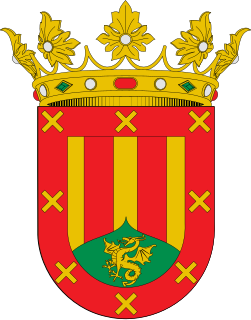
Duke of Alburquerque is a hereditary title in the Peerage of Spain, accompanied by the dignity of Grandee and granted in 1464 by Henry IV to Beltrán de la Cueva, his "royal favourite" and grand master of the Order of Santiago. It makes reference to the town of Alburquerque in Badajoz, Spain.
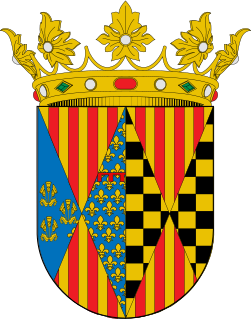
Duke of Cardona is a hereditary title in the Peerage of Spain, accompanied by the dignity of Grandee and granted in 1482 by Ferdinand II to Juan Ramón Folch de Cardona, 5th Count of Cardona, as an elevation to dukedom. It was originally granted as "Viscount of Cardona" and later elevated to "Count of Cardona", as a noble title in the 15th century to members of the Catalan family known as "Folch de Cardona".

Duke of Frías is a hereditary title in the peerage of Spain accompanied by the dignity of Grandee, created in 1492 by King Ferdinand II of Aragon and conferred to his son-in-law Don Bernardino Fernández de Velasco, 2nd Count of Haro, Constable of Castile, and Viceroy of Granada. It is one of the most important titles in Spain and one of the first titles to receive the honor of Grandee of Spain by Emperor Charles V in 1520.
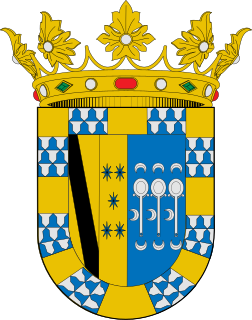
Duke of Uceda is a hereditary title in the Peerage of Spain, accompanied by the dignity of Grandee and granted in 1610 by Philip III to Cristóbal Gómez de Sandoval, who succeeded his father Francisco Gómez de Sandoval, 1st Duke of Lerma as the king's favourite.
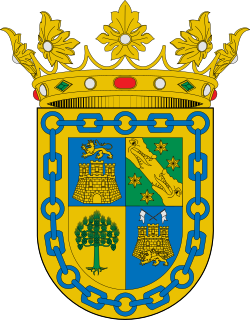
Duke of la Torre is a hereditary title in the Peerage of Spain, accompanied by the dignity of Grandee and granted in 1862 by Isabella II to Francisco Serrano, Count consort of San Antonio, in acknowledgement of his loyalty during his time as Captain General of Cuba.

Duke of Arco is a hereditary title in the peerage of Spain, accompanied by the dignity of Grandee and granted in 1715 by Philip V to Alonso Manrique de Lara, 4th Count of Montehermoso, knight of the Order of the Golden Fleece and his caballerizo mayor for two periods, 1721-1724 and 1724-1737.

Duke of Santoña is a hereditary title in the Peerage of Spain accompanied by the dignity of Grandee, granted in 1875 by Alfonso XII to Juan Manuel de Manzanedo, an important railway and banking tycoon who contributed greatly to the Bourbon Restoration in Spain.

Marquess of Portago is a hereditary title in the Peerage of Spain accompanied by the dignity of Grandee, granted in 1744 by Philip V to José Gómez de Terán y Delgado, Finance Treasurer and Council Minister of Spain.
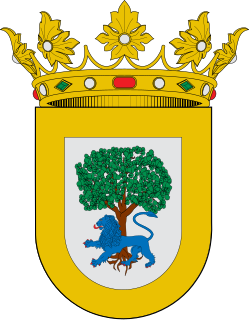
Duke of Bailén is a hereditary title in the peerage of Spain accompanied by the dignity of Grandee and granted in 1833 by Ferdinand VII to Francisco Javier Castaños for his military achievements during the Peninsular War as Captain general of the Royal Spanish Armies, becoming the first man to defeat Napoleon in an open field battle.
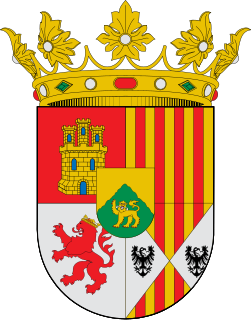
Duke of Palata is a hereditary title in the peerage of Spain, accompanied by the dignity of Grandee and granted in 1646 by Philip IV to Francisco Toralto de Aragón, a paternal descendant of Alfonso V of Aragon. The title makes reference to the town of Palata in Campobasso, Italy, where Toraldo's father held a fiefdom.
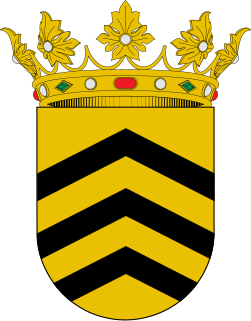
Duke of San Fernando Luis is a hereditary title in the Peerage of Spain, accompanied by the dignity of Grandee and granted in 1816 by Ferdinand VII to Anne-Adrien-Pierre de Montmorency-Laval, for his efforts as Ambassador in Spain during the Bourbon Restoration.
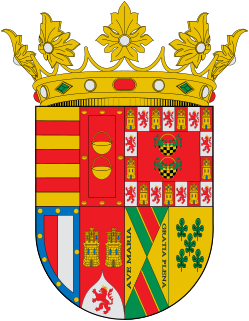
Duke of Santángelo is a hereditary title in the Peerage of Spain, accompanied by the dignity of Grandee and granted in 1497 by the Catholic Monarchs to "El Gran Capitán", a general who negotiated the Surrender of Granada and led the Spanish to victory in the Italian Wars. It is a victory title, making reference to the town of Città Sant'Angelo in the Province of Pescara, Italy.

Duke of San Miguel is a hereditary title in the peerage of Spain, accompanied by the dignity of Grandee and granted in 1625 by Philip IV to Juan Gravina y Cruyllas, viceroy of Sicily.
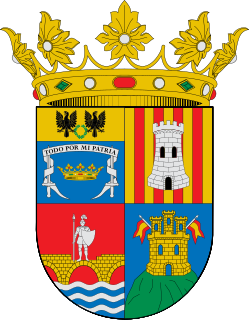
Duke of la Victoria is a hereditary title in the Peerage of Spain, accompanied by the dignity of Grandee and granted in 1839 by Isabella II to Baldomero Espartero, who was Prime Minister of Spain, in remembrance of his military victories that led to the embrace of Vergara. He was also made Prince of Vergara by Amadeo I to recognise this peace treaty.

Duke of Santisteban del Puerto is a hereditary title in the Peerage of Spain accompanied by the dignity of Grandee, granted in 1738 by Philip V to Manuel de Benavides, 10th Count of Santisteban del Puerto and Brigadier of the Spanish Army.
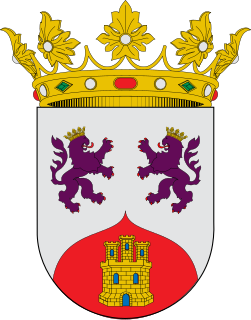
Duke of Arjona is a hereditary title in the Peerage of Spain, accompanied by the dignity of Grandee and granted in 1423 by John II to Fadrique Enríquez de Castilla, Count of Trastámara and a great-grandchild of Alfonso XI.


















